A Trip Along the West Coast of Noto Peninsula
Noto peninsula is the perfect port of call for those wishing to savour the charm of a part of Japan that's unspoilt by international tourism.
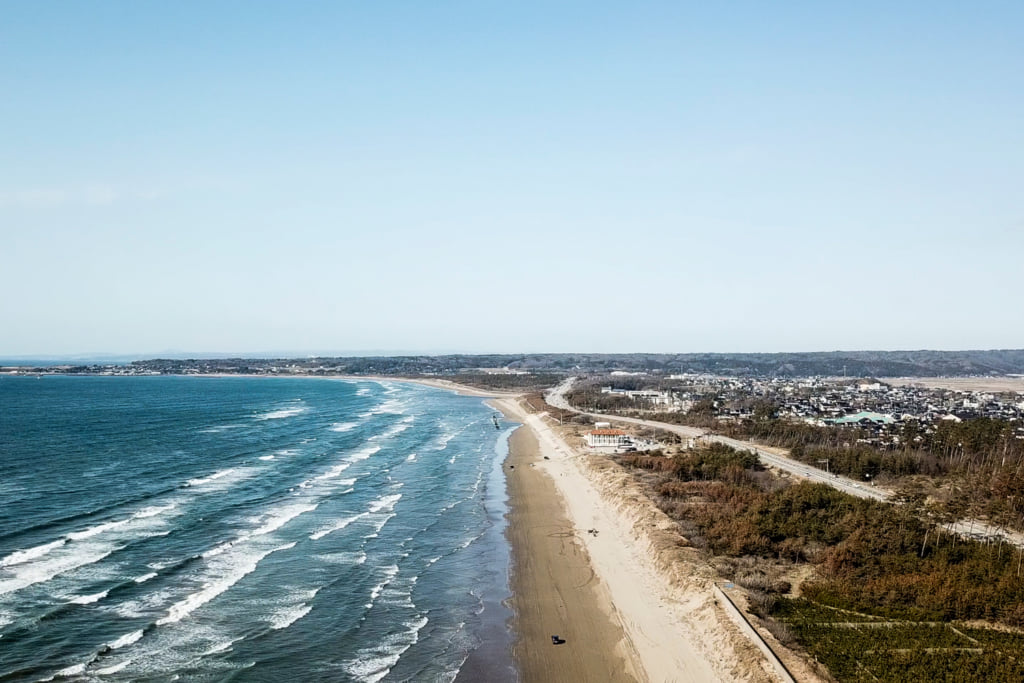
©CLEMENCE LELEU
Beaches that stretch as far as the eye can see, a steep natural landscape, traditional villages, small fishing ports and hidden cabins… Straddling Ishikawa and Toyama prefectures, north of the very famous city of Kanazawa, Noto peninsula is best discovered by car in order to discover all its hidden treasures without being bound to itineraries and bus timetables (hire cars can be found in Kanazawa, which can be reached from Tokyo in just three hours). The best way of arriving is to take route 36, which runs along the west coast from Hakui.
The oldest wooden lighthouse in Japan
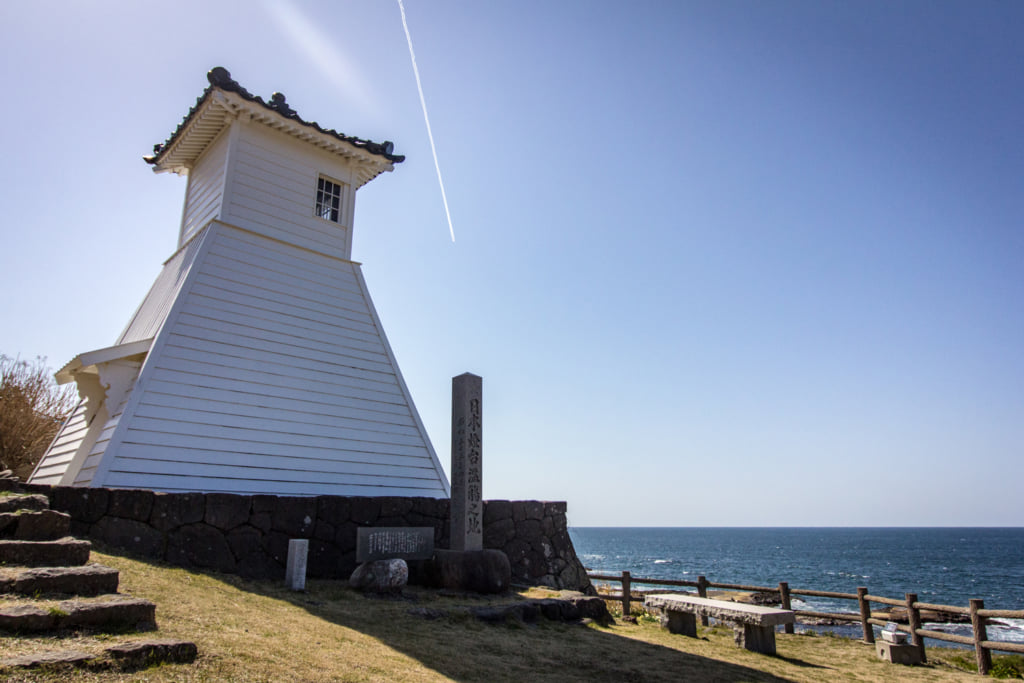
©CLEMENCE LELEU
Your first stop should be the wooden lighthouse in Fukura. Immaculate white and perched atop a cliff since 1442, it is the oldest wooden lighthouse in Japan. To reach it, you need to walk just ten minutes through the centre of the village of Fukurako. With its colourful little fishing port, traditional wooden houses and multiple cherry and plum trees that are adorned in pink in spring, the walk is almost too short!
The next stop is also along route 36 at Hatago-Iwa. This pair of rocks, affectionately known as the ‘married rocks’, are linked with a braided rope, a sign of their sacred nature. Shintoism recognises that things have a soul, and some are sacred. Atop one of the two rocks lies a miniature red sanctuary, another sign of their divine value.
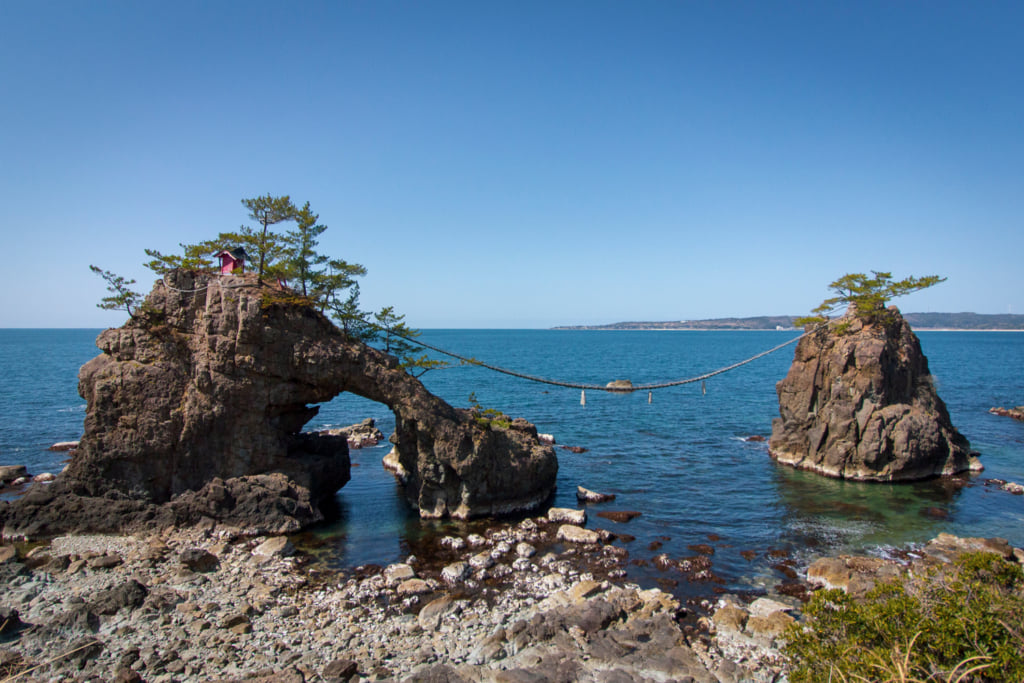
©CLEMENCE LELEU
Wajima, home of lacquer
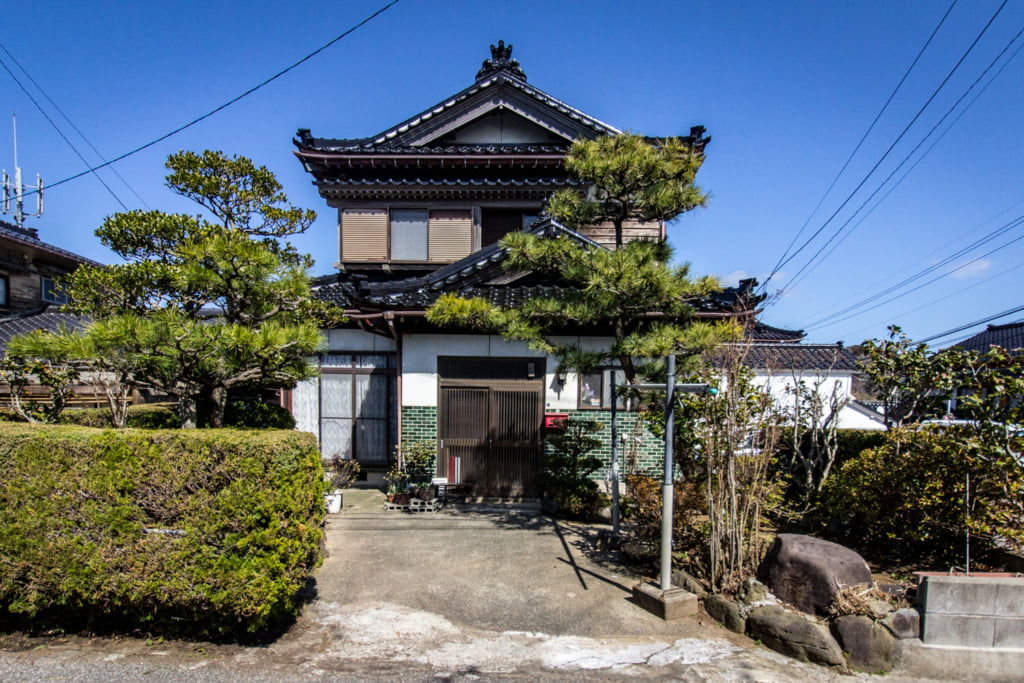
©CLEMENCE LELEU
Continuing to head north, Wajima, the peninsula’s flagship city, is the ideal place for lovers of Japanese crafts, and particularly products made from lacquer. The city is known across Japan for being one of the biggest purveyors of this resin that’s used to make bowls, vases and furniture. There are two museums dedicated to the craft that are worth a visit: the Ishikawa-ken Wajimashitsugei Museum, where visitors can admire lacquerwork from across different eras, and the Wajima Shikki Kaikan, which focuses more on the history of lacquer in Japan, its extraction and its different uses. Another of Wajima’s unmissable attractions is its morning market, which takes place every day from 8 a.m, and is one of the five biggest markets in Japan. You’ll find a wide range of fresh produce alongside pieces by artists who work with lacquer who come to sell their work.
Lastly, a few kilometres from Wajama, below route 249, you’ll find the terraced rice fields of Shiroyone. Beside the hills there are 1004 rice fields organised like a staircase and spread across 4 hectares facing the sea. The scene is breath-taking, and even more impressive from May until the end of summer, when the rice fields begin to resemble a large mirror before turning a deep green.
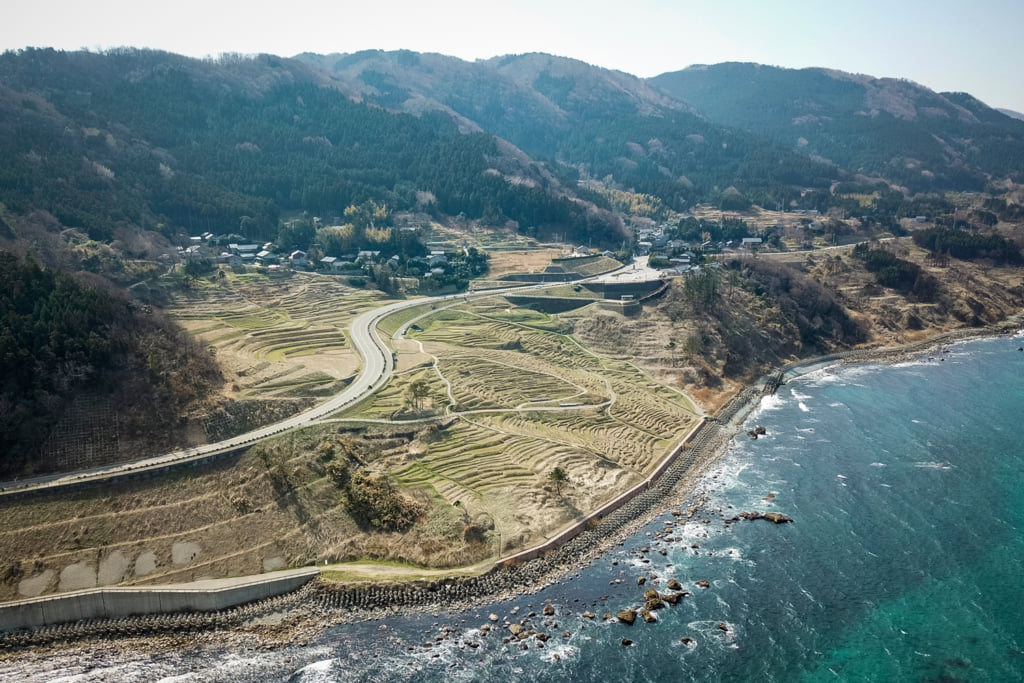
©CLEMENCE LELEU
TRENDING
-
A House from the Taisho Era Reveals Its Secrets
While visiting an abandoned building, Hamish Campbell discovered photographs the owner had taken of the place in the 1920s.

-
The Taboo-Breaking Erotica of Toshio Saeki
The master of the 1970s Japanese avant-garde reimagined his most iconic artworks for a limited box set with silkscreen artist Fumie Taniyama.

-
With Meisa Fujishiro, Tokyo's Nudes Stand Tall
In the series 'Sketches of Tokyo', the photographer revisits the genre by bringing it face to face with the capital's architecture.

-
Masahisa Fukase's Family Portraits
In his series ‘Family’, the photographer compiles surprising photos in which he questions death, the inescapable.

-
Hajime Sorayama's Futuristic Eroticism
The illustrator is the pioneer for a form of hyperrealism that combines sensuality and technology and depicts sexualised robots.





